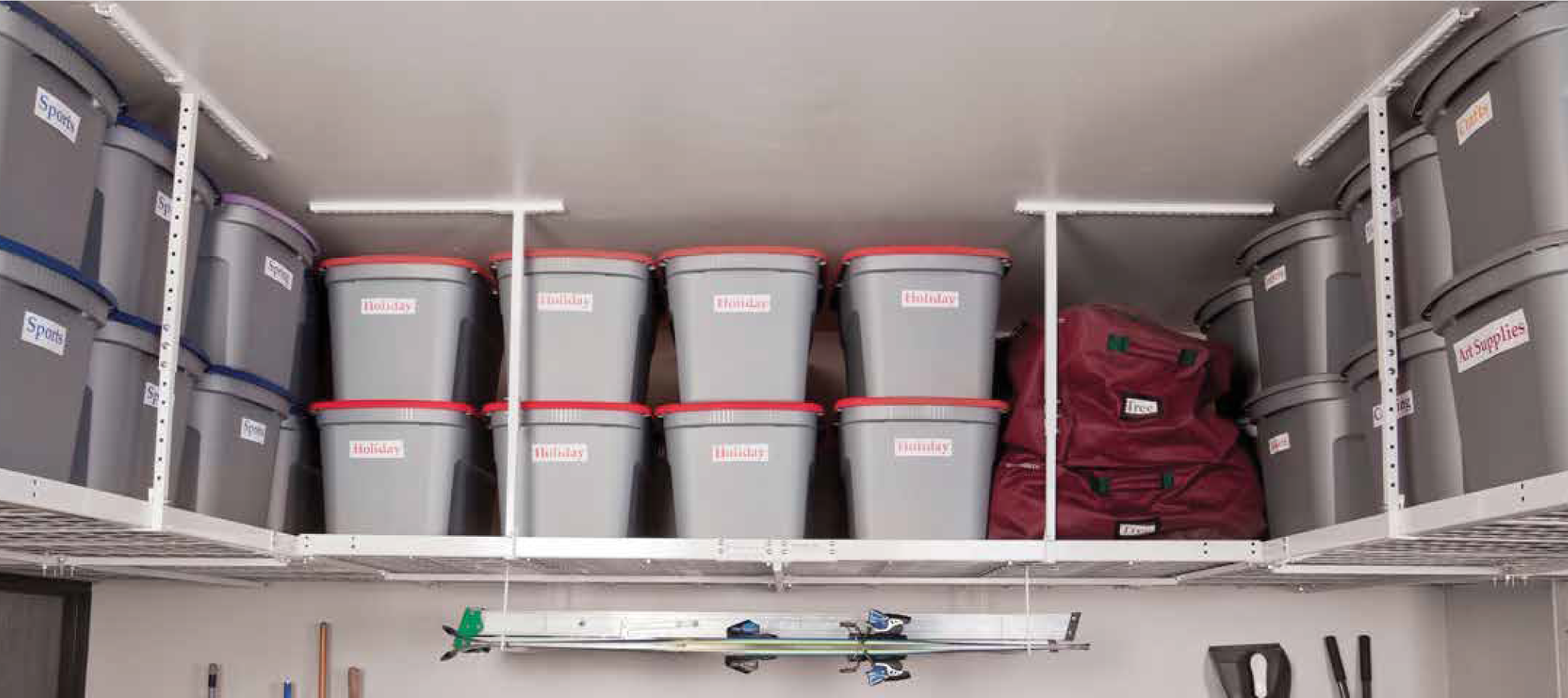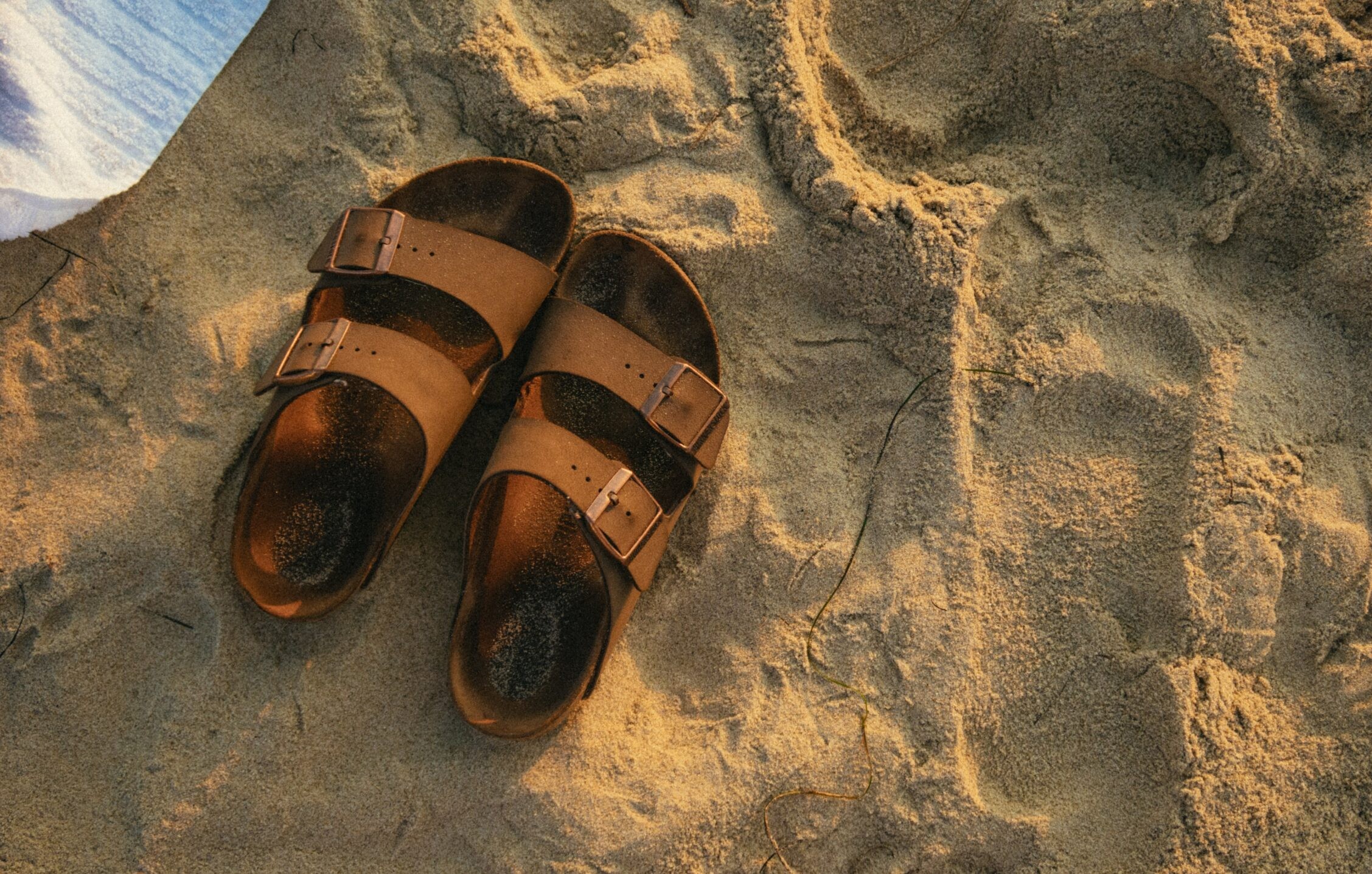10 Autumn Organization Tips

It is that time of year again! As the weather gets colder and the leaves change, you start to dig through your storage for knitted sweaters and flannel throw blankets as you start your autumn organization. Before you know it, you will be bundling up in your thick winter jackets and throwing on your scarves and pom-pom berets – you know, the ones with the fluffy ball on the top! In with the turtlenecks and out with the swimwear!
To make way for your duffle jackets and the outrageous amount of scarves you keep buying because they are on a great sale, or just too darn stylish to pass up, you will need to take a look at your seasonal organizational habits. Here are some great ways to help you transition from the summer heat to the colder months that will be here in no time!
1) Keep An Eye On The Forecast
Fall has just begun, which means while the temps are cooling, there will still be some warm sunny days scattered around here and there. Check the weather in your area to see what the forecast has in store for the next week. Yes, the weather can and will change slightly, but the chances of that sunny, 84-degree day will turn into a 63 and rainy day are slim. So, as you begin your autumn organization, don’t fully pack up all of your summer gear just yet; watch for that slow decline in temperatures and enjoy the last days of fun under the sun.
2) Identify Storage Spaces
As you begin your seasonal storage, make sure you have the proper storage containers and ample space for all of your summer belongings. For instance, slim storage bins fit snugly under your bed for easy access; this is good for light sweaters or summer shoes that you can quickly dip into on a warm day. For longer-term storage, weather-resistant plastic bins with lockable lids will help keep small insects from making a home in your clothes. Vacuum storage bags are also great at keeping your clothes protected during storage and lower the overall space they take up! These bags work great for people with overflowing closets.
For built-in storage, consider an elevated shelving solution in your garage to hold your larger storage bins. This type of storage can also make a great addition to any home located in a high flood zone. Inside your home, a custom mudroom can also help you keep organized while transitions.
Tip: Write the type of clothing or item on masking tape outside of the storage container. This way, you know what’s inside without opening or writing directly on the bin to prevent permanent markings.
3) Try Everything On

Now that you’ve located where and how you will store your items, it’s time to start a runway show. As you begin packing, now is the time to see which clothes fit and which ones do not. Also, make sure to check for holes and other damage and decide whether you want to take the time to fix the garment or if it’s time to pass it on. Trying things on will also help you determine what items you will need next summer as you declutter your existing wardrobe!
4) Donate or Throw Away
After trying everything on, there will most likely be items in a “Never again will I wear that flamingo tie-dye polo shirt, I mean seriously, what was I thinking?” pile. Time to donate or chuck those old clothes! Take careful consideration when choosing what you are tossing out. Those faded jeans or old Beatles t-shirts might be ready to retire, but others might like the vintage look. Donation centers, such as Goodwill, are the perfect way to declutter, and it can help to know your sentimental clothes will get a new life in another wardrobe.
5) Separate Styles

This step can be challenging, but it’s a key step for improving your home organization. As fall gets closer, the warm breeze will become chilling winds that travel between the fabrics of your clothes to your bones. Layering is a great way to keep warm during the first few weeks of fall, but how do you choose which clothes to store for the winter and which to keep in your dresser? Tank tops, summer dresses, shorts, and bathing suits are not very useful when it comes to layering. Your cotton shirts and jeans, however, are! There might be a handful of items that you might still enjoy wearing during the colder seasons, so keep those or store them in a slim, covered bin in your room or closet for easy access next spring.
6) Wash Your Clothes
Make sure to wash all your clothes before storing them. This way, they will be ready to use when you need them! If you store them dirty, they are more likely to become permanently ruined, especially clothes with natural fibers! Tip: place a dryer sheet in each container for a long-lasting clean smell!
7) Clean Your Shoes
The sandals you wore to the beach, those old sneakers you wore when you hiked Mt. Philo, or the cute heels your sister wore to that – six feet apart – tiki party where the ground was sticky from long island iced tea spills… Yeah, those should be washed or wiped down before storing them in the attic for six months.
8) Roll Don’t Fold
People have found that rolling their fabrics into tubes increases the amount of space in their drawers and suitcases. It also minimizes – and even prevents – wrinkles in clothing. We also recommend you do this when storing your summer clothes since they tend to be from thinner and breathable materials, susceptible to hard creases.
9) Unpack slowly
It may be tempting to open every box and bin containing your fall and winter clothing, but start slow; the cold has only just begun. Hopefully, you labeled everything when you last packed. Most people won’t need their down jacket in early October. Unpacking slowly also helps keep your space clean and organized, allowing you to enjoy a smooth transition into the pumpkin season.
10) Plan Outfits
As you unpack, keep in mind what you have and create outfits for cool to colder weather. Thinking about outfits in advance will help you with your busy schedule, especially if you have children that are not required to wear uniforms to school. Working together to create future school outfits can be made into a game and reduce time spent on choosing that day’s outfit.